you can use custom renderer that will affect all entries,
here's for android:
[assembly: ExportRenderer(typeof(Entry), typeof(MyEntryRenderer))]
namespace Android.MyRenderers
{
public class MyEntryRenderer : EntryRenderer
{
protected override void OnElementChanged(ElementChangedEventArgs<Entry> e)
{
base.OnElementChanged(e);
if (Control == null || e.NewElement == null) return;
if (Build.VERSION.SdkInt >= BuildVersionCodes.Lollipop)
Control.BackgroundTintList = ColorStateList.ValueOf(Color.White);
else
Control.Background.SetColorFilter(Color.White, PorterDuff.Mode.SrcAtop);
}
}
}
and iOS:
[assembly: ExportRenderer (typeof(Entry), typeof(MyEntryRenderer))]
namespace iOS.MyRenderers
{
public class MyEntryRenderer : EntryRenderer
{
private CALayer _line;
protected override void OnElementChanged(ElementChangedEventArgs<Entry> e)
{
base.OnElementChanged (e);
_line = null;
if (Control == null || e.NewElement == null)
return;
Control.BorderStyle = UITextBorderStyle.None;
_line = new CALayer {
BorderColor = UIColor.FromRGB(174, 174, 174).CGColor,
BackgroundColor = UIColor.FromRGB(174, 174, 174).CGColor,
Frame = new CGRect (0, Frame.Height / 2, Frame.Width * 2, 1f)
};
Control.Layer.AddSublayer (_line);
}
}
}
not sure about Windows solution on this
